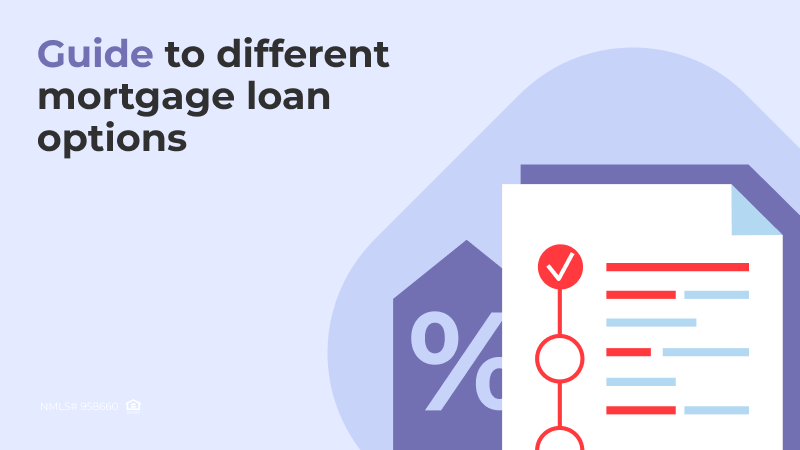Understanding your Debt-to-Income Ratio (DTI) is a fundamental step in gauging your financial readiness for homeownership. This crucial metric provides insights into how much of your income goes towards debt payments, helping you assess your ability to comfortably manage a mortgage. Let’s dive deeper into how to determine your DTI and why it matters in your homebuying journey.
What is DTI and Why Does It Matter?
DTI is a financial ratio that compares your monthly debt payments to your gross monthly income. Lenders utilize this metric to evaluate your capacity to handle additional debt, such as a mortgage. By understanding your DTI, you can gain a clearer picture of your financial health and make informed decisions about the home you can afford.
Calculating Your DTI:
Calculating your DTI involves two main types of debt:
- Front-End DTI: This includes housing-related expenses such as your mortgage payment, property taxes, homeowner’s insurance, and potentially HOA fees.
- Back-End DTI: This encompasses all your recurring monthly debts, including credit card payments, car loans, student loans, and any other outstanding loans or debts.
Follow these steps to calculate your DTI:
Step 1: Gather Your Monthly Debt Payments:
Create a comprehensive list of all your monthly debt payments. This should include your rent or current mortgage payment, credit card minimum payments, student loan payments, car loan payments, personal loans, and any other ongoing debts.
Step 2: Calculate Your Gross Monthly Income:
Your gross monthly income is your total income before deductions. This includes your salary, bonuses, commissions, investment income, and any other sources of regular income.
Step 3: Calculate Front-End DTI:
Add up all your housing-related expenses (mortgage, property taxes, insurance, etc.) and divide by your gross monthly income. Multiply by 100 to get the percentage.
Front-End DTI = (Housing Expenses / Gross Monthly Income) × 100
Step 4: Calculate Back-End DTI:
Add up all your monthly debt payments (excluding housing expenses) and divide by your gross monthly income. Multiply by 100 to get the percentage.
Back-End DTI = (Other Monthly Debt Payments / Gross Monthly Income) × 100
Step 5: Understand the Results:
- A Lower DTI indicates that a smaller portion of your income is committed to debt payments, suggesting greater financial flexibility.
- A Higher DTI suggests that a larger proportion of your income is allocated to debt payments, potentially limiting your ability to take on additional debt, like a mortgage.
Why DTI Matters in Home Affordability:
Lenders use your DTI to assess your risk as a borrower. The lower your DTI, the more likely you are to be approved for a mortgage and potentially secure more favorable terms. A lower DTI also indicates that you have a healthier financial situation, with more room for unexpected expenses and savings.
Ideal DTI Range:
While specific guidelines may vary among lenders, a general rule of thumb is to keep your DTI below 43%. This percentage is considered the upper limit to qualify for many mortgage programs. However, the lower your DTI, the better positioned you are to handle a mortgage and other financial commitments.
Conclusion:
Calculating your Debt-to-Income Ratio is a crucial step in assessing your financial readiness for homeownership. By understanding your DTI and its implications, you can make informed decisions about the size of mortgage you can comfortably afford. A healthy DTI not only improves your chances of mortgage approval but also ensures that your homeownership journey starts on a stable and financially secure footing.



